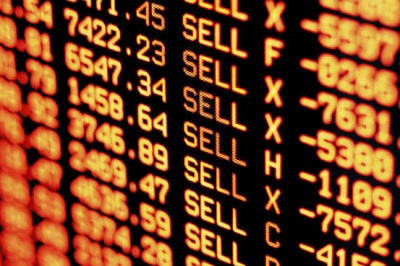SSGA Funds Management has worked on proposed remedies alongside other asset managers, including Blackrock, Charles Schwab, Franklin Templeton, JP Morgan, SSGA Funds Management, Vanguard Group, and Wellington Management Company.
“Harmonized rules will help improve trading for all equity securities and promote price discovery after markets have been halted during times of stress,” according to BlackRock.
Meanwhile, the three major exchanges – Bats Global Market, Nasdaq and New York Stock Exchange – announced they were working to harmonize key functions of the U.S. equity market to offset risks during times of extreme volatility, including the elimination of the so-called limit up limit down rules in place, standardization of primary exchange automated re-openings following trading halts and an end to erroneous execution rules when individual security trading halts are in effect.
“One of the positive effects of August 24 was clarification of the rules when trades will and will not be broken if they happened inside ‘limit up limit down’ bands,” Reggie Browne, Head of ETF Trading at Cantor Fitzgerald, told S&P Capital IQ. “Today, there is increased confidence by liquidity providers when to interject into the market.”
SEE MORE: Important Trends Impacting the ETF Industry
The U.S. Securities and Exchange Commission has already approved plans to allow the New York Stock Exchange to speed up and smooth out early morning trades during more volatile conditions. The SEC said the NYSE could allow stocks to open for trading on particularly volatile days without the need of clear price disclosure that is normally required before trading opens.
The newly approved procedures would remove Rule 48, which has been largely blamed for the August 24 event, and set up guidelines for when shares could open or be reopened after a trading halt, which in theory would allow for more immediate trading. Stocks will still be opened without pre-market indicators if they were set to trade within 5% of previous day’s close. On volatile days, shares could open as long as prices were within 10% of previous close.
